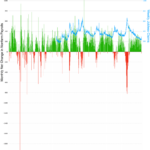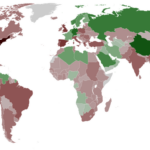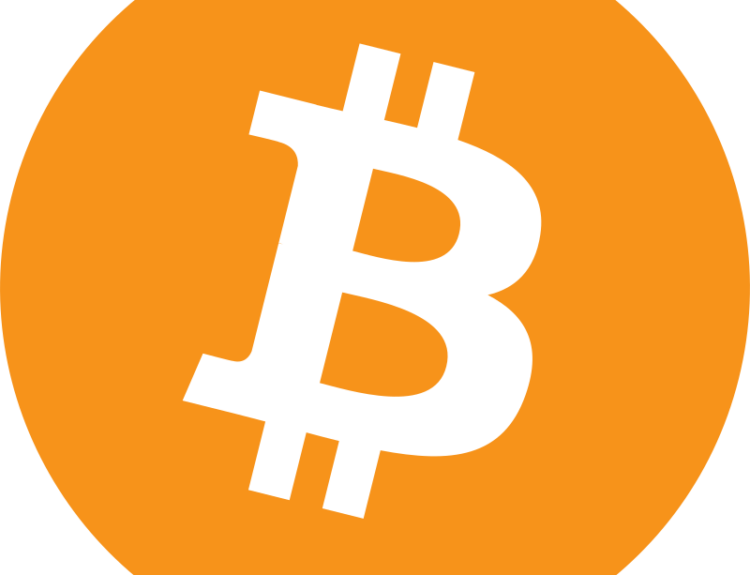GDP Revised Down to 1.3%, Second Quarter Rebound Expected
- U.S. economy grew at a slower 1.3% annual pace in Q1 due to weaker consumer spending
- Revised figures show GDP growth was smaller than previously reported at 1.6%
- Consumer spending on new and used cars decreased, leading to lower prices
- Spending on durable goods dropped by 4.1%, higher than initially estimated
- Gross business investment rose at a solid 3.2% clip
- Corporate profits declined for the first time in four quarters
- Trade deficit and slower inventory production negatively impacted Q1 GDP
- Final sales to private domestic purchasers grew at a 2.8% annual pace, down from 3.3% in Q4 2023
- Inflation rate remained stable at 3.3%
- Federal Reserve expected to maintain high interest rates until inflation slows further
- Presidential election uncertainty affects business spending and investment decisions
- Market reaction: Dow Jones and S&P 500 poised for decline
The U.S. economy grew at a slower pace of 1.3% in the first quarter, primarily due to weaker consumer spending. The revised figures show a decrease from the previously reported 1.6% growth rate. Consumer spending on new and used cars led to lower prices, while spending on durable goods dropped by 4.1%, higher than initially estimated. Gross business investment rose at a solid 3.2%. Corporate profits declined for the first time in four quarters. The trade deficit and slower inventory production negatively impacted Q1 GDP. However, final sales to private domestic purchasers grew at a 2.8% annual pace, indicating some economic strength. Despite these challenges, the Federal Reserve is expected to maintain high interest rates until inflation slows further. Uncertainty surrounding the presidential election affects business spending and investment decisions. The Dow Jones Industrial Average and S&P 500 are poised for a decline.
Factuality Level: 8
Factuality Justification: The article provides accurate information about the revised GDP growth rate and its contributing factors, as well as insights from economists. It also discusses potential reasons for a possible rebound in the second quarter and the impact of inflation and the upcoming presidential election on the economy.
Noise Level: 6
Noise Justification: The article provides some relevant information about the revision of GDP growth rate and its contributing factors but lacks a comprehensive analysis or actionable insights. It also contains some filler content such as mentions of unrelated topics like presidential elections and market reactions.
Key People:
Financial Relevance: Yes
Financial Markets Impacted: GDP, consumer spending, corporate profits, trade deficit, inflation, interest rates, and stock markets
Financial Rating Justification: The article discusses the revised GDP growth rate for the first quarter of the year, which impacts financial markets as it indicates a potential slowdown in the economy. It also mentions how consumer spending, corporate profits, trade deficits, inflation, and interest rates affect various sectors of the economy. The stock market reaction to this news is also mentioned.
Presence Of Extreme Event: No
Nature Of Extreme Event: No
Impact Rating Of The Extreme Event: No
Extreme Rating Justification: There is no extreme event mentioned in the article. The focus is on a slower economic growth rate and its potential impact on consumer spending and business investment.
 www.marketwatch.com
www.marketwatch.com 





